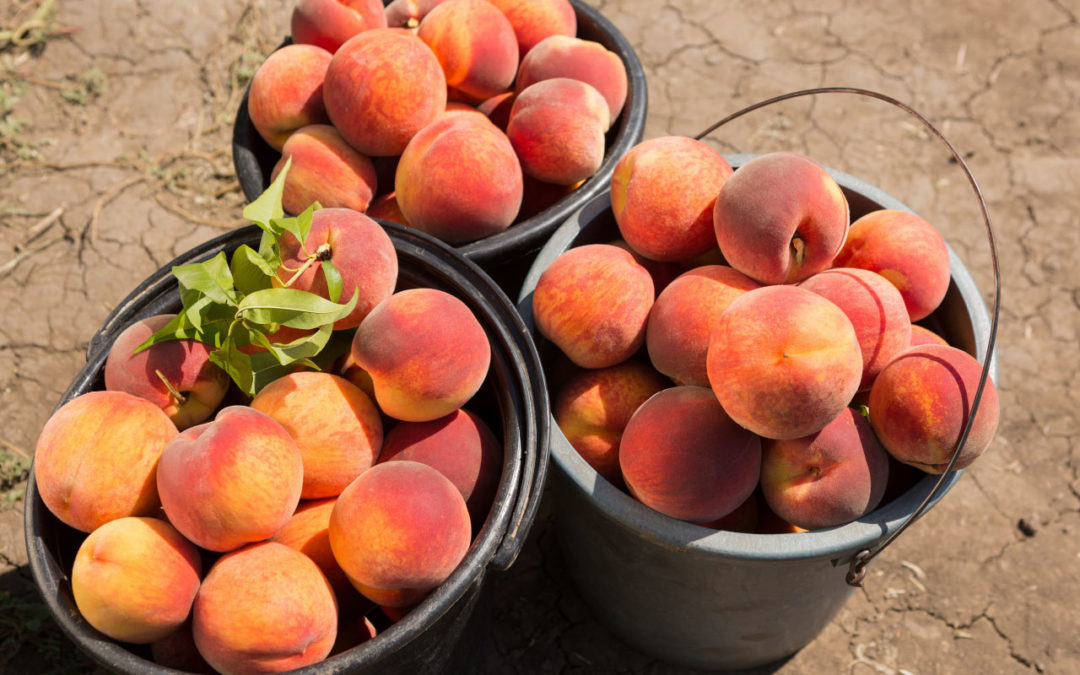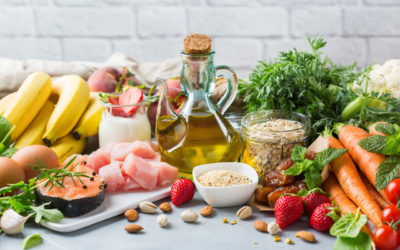
By Kirsten Serrano
I gave a talk recently and was asked to give a list of 5 things not to eat. The truth is, I dread questions like that because they want a soundbite, not substance. Instead of me rattling off a 5 “bad foods” list, I challenged the group to eat closer to the soil. Real food starts with soil. It is a concept that is simple yet profound.
The closer the food is to soil, the better it is for you. Instead of “good” and “bad” foods, start by eating real food. The good and the bad then sort themselves out.
Carrots come from the earth. Chicken breasts do not just appear shrink-wrapped and ready to go. Most kids have no idea where food comes from. Many, many times, I have had to identify my produce for the grocery store cashier. It is not their fault, and it is not yours either. No one is teaching us about food.
We have disassociated our food from soil and for good reason. Modern food life is fast, convenient, processed and packaged. It is ready to go and often does not look like anything that came from the earth. Eating for health truly means eating closer to soil. Try to reduce the steps, locations and processing that comes between you and your meal. When you are shopping and eating, think about that food’s chain of custody.
The shorter a food’s chain of custody, the more nutrient-packed it usually is. Consider a peach. On one end of the peach food-quality spectrum, if you will, you have the perfect peach. Maybe you pull it off your very own tree. At the other end, imagine a peach-flavored gelatin cup. There are multiple things going on here. First, that whole peach has a truly short chain of custody. You picked it yourself and enjoyed it at its height of flavor and nutrition. You witnessed it springing from the soil. The gelatin cup ingredient list is long, likely does not have any actual peaches in it, and you cannot even begin to tease out the chain-of-custody of all those ingredients. Most certainly you cannot imagine it having anything to do with soil.
Cultivating a life with food that is close to the soil is not a soundbite. It is a direction to head. You can start heading that way slowly. Here are a few ideas to get you started.
- Shop the perimeter of the grocery store. That is where the whole foods are. Produce, dairy, meat, bakery.
- Unless you have money to burn, cook.
- I recommend not paying much attention to claims on packages. There are a few label designations that do mean something, and even more that mean very little. You will always be further ahead looking at ingredient lists. Food is not healthy because it is labeled natural, gluten-free, vegan or anything else. It is healthy because of what is in it.
- When there is an ingredient list, do you understand what is on it? By the time you get to the second or third mystery ingredient, you are starting to wade too deep into the sea of simulated food.
- Grow something. Anything really. A pot of herbs on your porch is fine. The point is to make the connection between soil and food.
- Connect with a farmer. They are the ones with the food after all. Keep that food chain-of-custody short!
Convenience is great, but do not sacrifice your health for the sake of it. It is a terrible trade. Making food easier to prepare and eat is not a problem. Making completely new foods and making foods “better’’ through ultra-processing is a problem.
Kirsten Serrano is a nutrition consultant, chef, farmer, food literacy educator and the best-selling author of “Eat to Your Advantage.” You can find out more about her work at SmallWonderFood.com.









